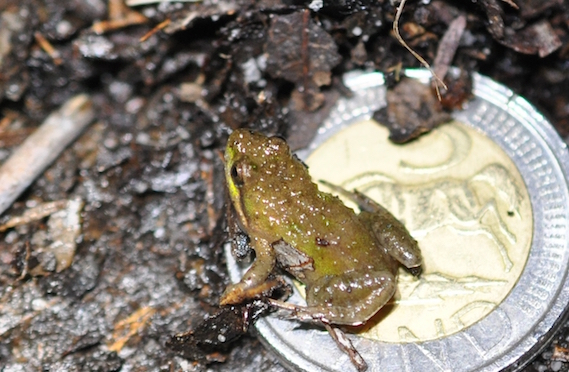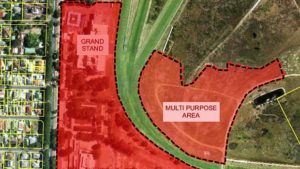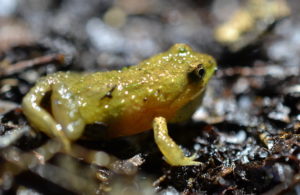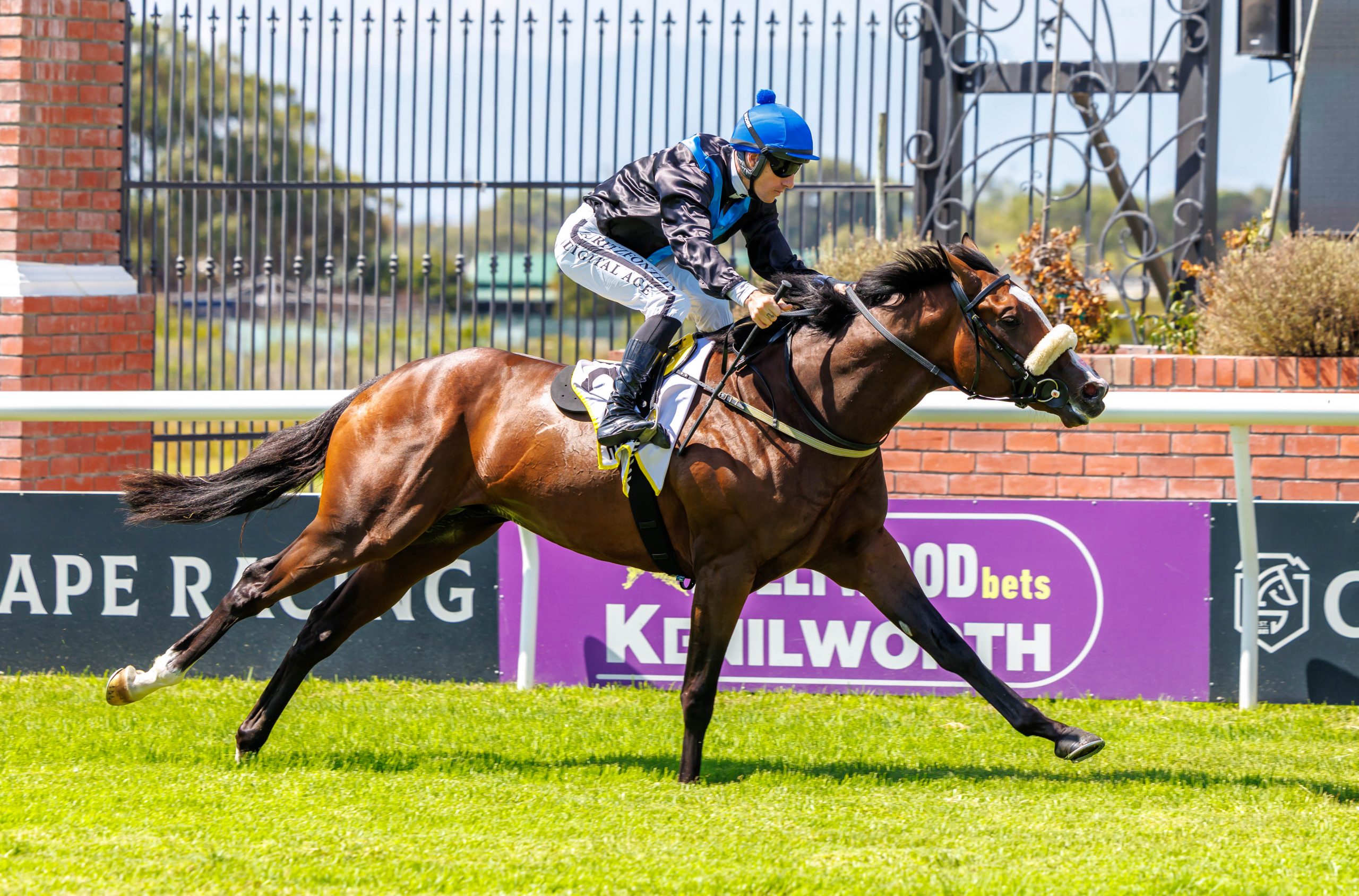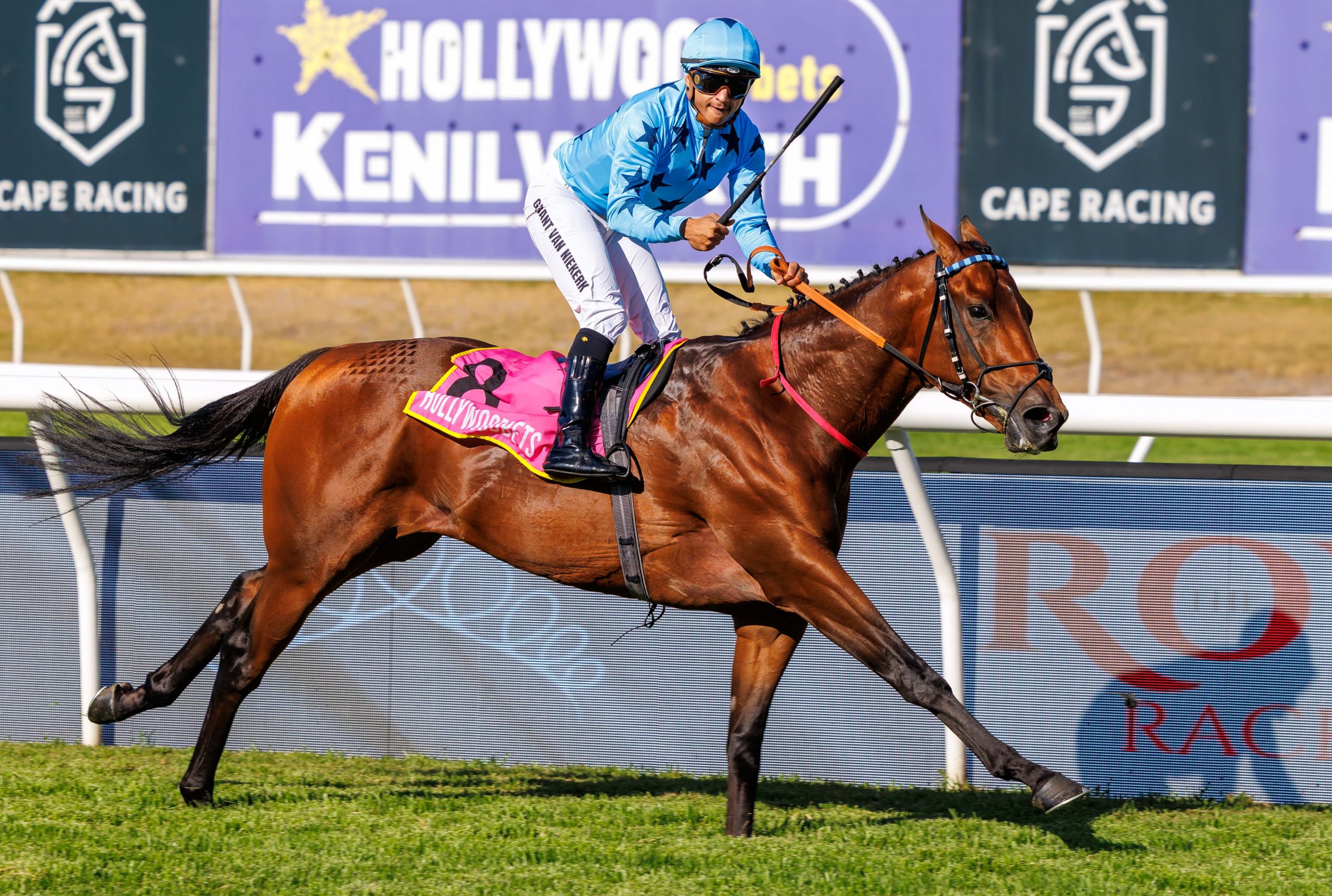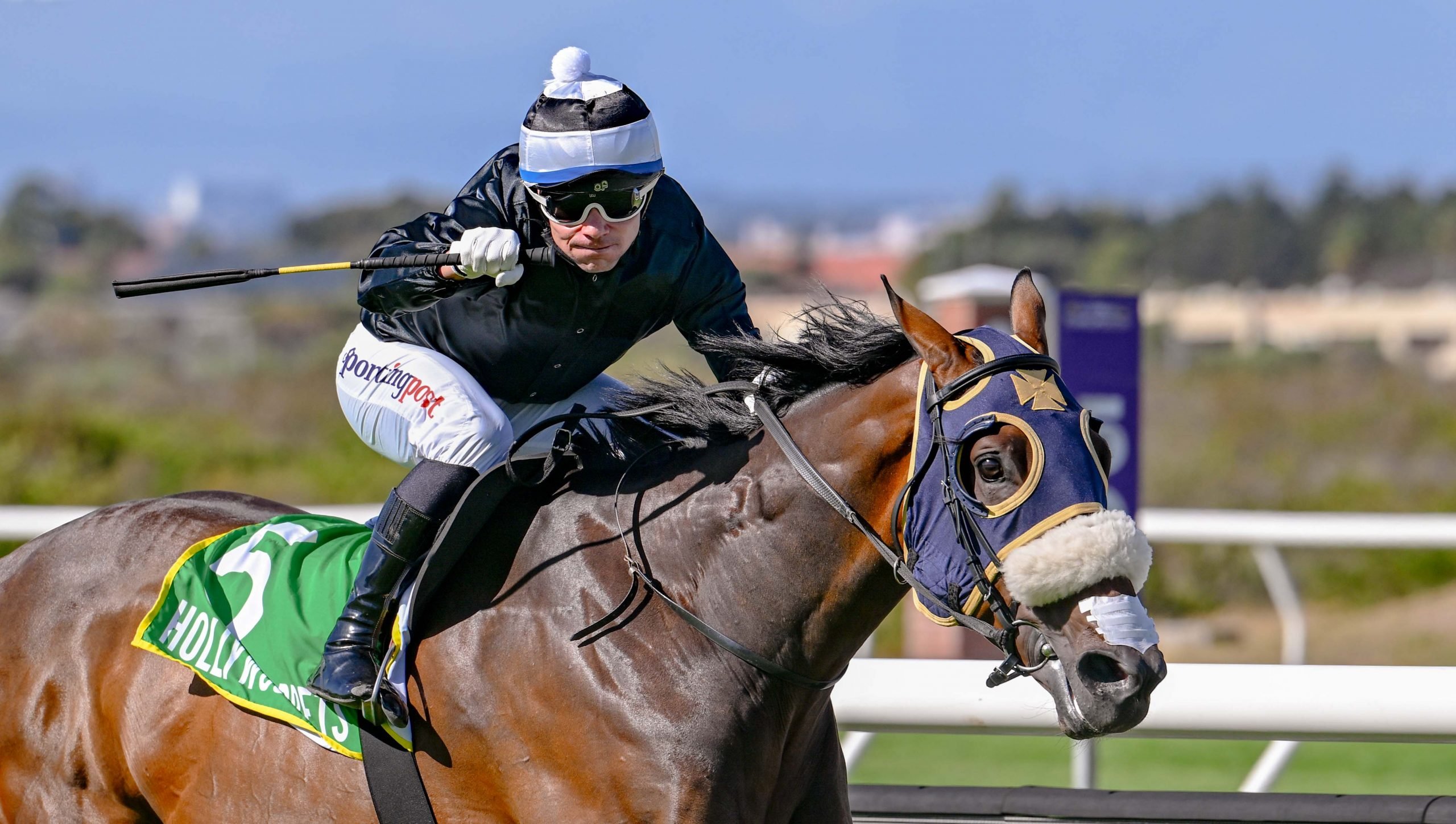Recent press reports carried news that the City Of Cape Town has approved extensive development plans for Kenilworth Racecourse. As it is causing strong reaction among local residents and interest groups, I thought I’d see what I could find out.
What the plans say
According to the application documents, lodged by Kenilworth Racing (Pty) Ltd in their capacity as “the owner of the three major horse racing facilities in the metropolitan area, viz. the Milnerton stables and training tracks, the Durbanville Race Track and the Kenilworth Race Track,” Kenilworth has appointed Nadeson Projects (Pty) Ltd to act on their behalf on all three properties.
While the current issue is focussed on Kenilworth, racing folk may be interested that plans extend far beyond, stating, “it is intended to create a world class training facility at Milnerton through the upgrade of the training tracks and Stables. It is intended to modernise and refurbish the Durbanville race track. And finally, it is intended to redevelop the balance of the underutilised land at Kenilworth in a manner which reinforces and supports racing at Kenilworth into the future.”
What it’s all about
The official application states, “The portion of the site under consideration for redevelopment comprises the land between the race tracks and Rosmead Avenue and south of the existing entrance to Pick n Pay head office. It comprises all of the land around and including the existing Grand Stand at the track and also includes the existing stables and various other buildings. In addition, the site comprises of the land within the tracks but outside of the Conservation Area.” As emails to Clyde Basel have gone unanswered, I did my best to gather information by other means. It seems the development encompasses 128 business units, 374 residential units and a 150 unit hotel, as well as the enlargement of the existing Quarantine Station, to encroach into the Conservation Area.
The issue is receiving a groundswell of support as it is becoming more widely reported in the local press. Driving concern is the Kenilworth Racecourse Conservation Area (KRCA) situated in the middle of the track and the fact that no Environmental Impact Assessment was carried out before plans were rubber stamped by Council. The KRCA is one of the largest intact stretches of pristine Cape Flats Sand Fynbos and contains at least 310 indigenous plant species (34 of them Red Data Species), with 2 species of plant only found there, 10 rare frogs (including the Microfrog previously thought to be extinct), 17 reptiles and a shrimp that only exists there. Underpinning this system are nine ecologically fragile seasonal wetlands which require pristine vernal conditions to thrive, making it essential that the surface and groundwater conditions remain undisturbed and maintain their natural fluctuation patterns.
When Rabie Property Group and the then Western Province Racing Club did their previous development, the project was only permitted on the strength of an Environmental Authorisation which was granted to Western Province Racing and Rabie Property Group on 20 October 1999. This Authorisation stipulated a number of conditions, which were officially documented with the City of Cape Town and included an undertaking to carry out a Survey of the Conservation Area to clearly mark it out going forward. Secondly, was a requirement to finalise the Ownership of the Conservation area, to ensure that this area be placed under Trusteeship going forward. Lastly, Council minutes reflect that “Council shall request full IEM procedures to be followed for any future development proposal on the property.” Yet somehow the current development has been approved without it.
Protest
The other matter of concern is the manner in which the development has been advertised. Or rather the way it hasn’t. Although the planning application document states, “the proposed redevelopment at Kenilworth will work closely with the management team of the KRCA to achieve the best possible outcome for both parties,” Margaret Kahle, a founding member of the Friends Of Kenilworth Racecourse Conservation Area (FKRCA) says they were shocked to only find out about the development in the last month. “Although the development is outside the Conservation Area, for any development, the ‘Edge Effect’ on its surrounding environment will be enormous and our concern is the proximity of the proposed development to the conservation area. It is not just the flora which is quite unique in its diverse abundance, but the many species of birds, reptiles and rare amphibians that make the Kenilworth conservation area their home. With such a large envisaged residential development, obvious concerns are how to control indiscriminate access by people and domestic animals such as cats and dogs, which have a massive effect on natural flora and fauna and this will be exacerbated in the proposed high density residential development. There is also the question of pollution, both during construction as well as once the development is in place. Of huge concern is the impact that this development will have on the quality and levels of both surface and groundwater. Amphibians require pristine water conditions and the natural vegetation cannot tolerate pollution and plans for the construction of underground parking are of particular concern in this regard.”
Environmental Scientist Dr Clive McDowell has been researching and actively protecting the Kenilworth RC natural area on and off since the mid 1980s (Dr McDowell was responsible for the re-discovery of the tiny Cape Microfrog previously considered extinct). Dr McDowell maintained that interest groups were not against the development per se, but expressed amazement that the development under question had not at least been subject to the necessary and standard Integrated Environmental Management (IEM) procedure normally advocated by the City in respect of developments of this magnitude. “It does not seem strictly above board”, he commented. “I have never heard of a local project of such large magnitude and vital ecological implications having being approved so simply. This highly diverse fynbos remnant, under pinned as it is by vital and highly sensitive wetlands, is of international importance and should be treated accordingly. We feel strongly that the current approval should be withdrawn until an Integrated Environmental Management (IEM) procedure is carried out and there has been a thorough public consultation process with all interested and affected parties.”
Local resident Camilla McDowell feels that the conditions of the original Authorisation have never been adequately adhered to, rendering both the original Environmental Authorisation as well as the current Development Approval null and void. Mrs McDowell feels sufficiently strongly that she has laid an official charge against Rabie Property Group and Western Province Racing Club (now Kenilworth Racing) at SAPS.
How does this affect racing?
Well, for a start, it is our property and I feel we should be consulted – BEFORE decisions are made. The plans are extensive and look to change the whole look and feel of the course. While a few items such as the parade ring, old weighing room and the red brick stabling area will remain, the whole of that corridor up to and including the loading area will go, all the way round to the access road across the track. It seems plans are to relocate parking and loading areas to the infield area. Most concerning, to me anyway, is the talk of subdivision.
Why have these plans not been made known to the wider racing community? I canvassed a number of trainers, owners and breeders and while some were aware of ‘Hassen’s thing’, none seemed to understand the full scope of the project. If it hadn’t been for the frogs and the environmental folks, we’d probably still be in the dark.
Why?
The application states “It has now been determined that the balance of the land owned by Kenilworth Racing should be redeveloped to provide for a range of development opportunities around an efficient and upgraded racing facility with a significantly improved relationship with Rosmead Avenue and the broader public of Cape Town.” Determined by who exactly? And why? And did anyone notice the conspicuous lack of the word ‘horse’ anywhere in that description?
We know the Kenilworth Board are Chris van Niekerk, Markus Jooste, Marc Currie, Vidrik Thurling and Robert Bloomberg. At the time of the Gold Circle divorce, the Western Cape assets were ring fenced into Kenilworth Racing Pty Ltd under the ownership of the Racing Trust. Mr van Niekerk is on record as saying that this was to ensure that the WC assets “will be utilised, operated and rationalised in the interests of the sport of thoroughbred horseracing.” The tricky thing is that Kenilworth Racing (Pty) Ltd is a private company and therefore not compelled to publish their financials. In turn, they are owned by the Racing Trust, and we know how THEY feel about communication. Plus, the Trust has never published a financial report in the history of their existence. Which given their mandate, doesn’t make me feel terribly warm and fuzzy.
Why now?
The timing is even more curious. I have coincidentally been told recently that Western Cape racing is doing terribly well. So why the need for large scale development? Particularly with our management agreement with Phumelela that 50% of all profits are paid to them for perpetuity.
We have repeatedly been told that WC racing’s property assets are without value because they cannot be developed. And yet here we are. Kenilworth plans have already been approved. With rumours of ‘land swaps’ and talk of a grandiose entrance façade and an office block on the loading bay area, the bulldozers have already arrived at Milnerton. Furthermore, there are aspirations for a large scale development at Durbanville too. While trainers say they were invited to a meeting a few months ago, they were not made aware that we would be losing 200 stables. They were also unaware of the details of the Kenilworth development.
Progress is fine, but some things cannot be undone (such as access to the beach, outrides and access to the vlei as per our last dealings with Rabie). But somehow it seems the plans are finalised and the horses – and the horsemen who not only built the industry and its assets, but keep it all going – somehow have to fit around the bulldozers, the buildings and plans of men who have never sat on a horse and have no concept of what is required on the ground. Where is the participation process? Where is the publicity to ensure all stakeholders are aware of what’s going on and given the opportunity to give their input? Or are we operating on the principle that it’s easier to ask for forgiveness than get permission?


